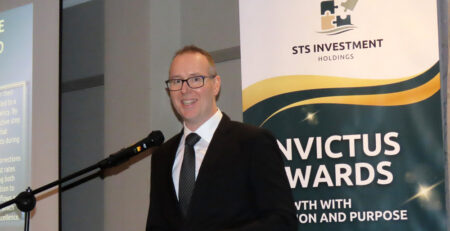Navigating delays in levy collections: understanding the challenges
Community schemes are the backbone of shared living in South Africa, offering residents security, well-maintained spaces, and collective benefits. Yet, ensuring their financial sustainability requires timely contributions from all owners, a balance that has become increasingly complex in recent years. This post explores the realities of recovering arrear levies, the broader implications for stakeholders, and how collaborative efforts are shaping solutions.
The landscape of levy recovery
Recovering unpaid levies is a cornerstone of maintaining community schemes. However, this process often intersects with systemic complexities that affect all parties:
- Overburdened legal systems – Timelines and backlogs
South Africa’s courts manage a high volume of cases, leading to unavoidable delays. For example, trial dates in recent matters have been allocated as far as 2028. Even straightforward claims, such as undisputed debts, face prolonged timelines. The Body Corporate The Straight v Katisi[1] case – resolved after 21 months for an undisputed debt of R107,940 debt – highlights how delays strain resources and test patience.
- Procedural safeguards and trade-offs
Legal safeguards designed to protect fairness can inadvertently slow resolutions. Requirements for multiple affidavits, notices, and documentation extend timelines, even when liabilities are clear. Precedents like Fisher v Body Corporate Misty Bay[2] and Queensgate Body Corporate v Claassen[3] reinforce that body corporates cannot bypass due process, even for urgent remedies like utility disconnections.
- Evolving dispute resolution frameworks
The Community Schemes Ombud Service (CSOS) offers mediation, but its scope is limited. Many disputes still default to litigation, adding pressure to an already congested system.
The ripple effects of delays
For stakeholders invested in community schemes, whether as residents, trustees, or financial partners, these challenges have tangible consequences:
- Operational strain → Legal costs and prolonged disputes divert funds from essential services, affecting maintenance and long-term value.
- Collective impact → Delays risk normalising non-payment, creating uncertainty for compliant owners and destabilising budgets.
- Market confidence → Extended disputes can deter future investment, tightening access to capital for schemes and buyers, underscoring the need for adaptable strategies.
Cases like Body Corporate of Empire Gardens v Sithole[4] highlight additional complexities. Courts often require body corporates to demonstrate broader creditor benefits before taking decisive action, a hurdle that adds time and complexity.
Collaborative efforts to navigate complexities
Anyone involved in community schemes will likely recognise that these challenges are not easily solved. They require patience, innovation, and a commitment to balancing competing priorities. Here are some starting points for interested stakeholders in approaching the landscape:
- Adapting to legal realities
Work within the current framework to streamline processes, using standardised documentation and digital tools to reduce administrative bottlenecks. By prioritising unopposed matters and collaborating with specialised attorneys, the aim is to expedite resolutions without compromising fairness.
- Exploring alternative pathways
Mediation and pre-litigation negotiations are increasingly central to any strategy. At STS we have also explored integrating practical solutions, like energy efficiency upgrades, with clients to reduce operational costs for their schemes, indirectly easing financial pressures.
- Advocating for progress
While legislative reform is a gradual process, initiatives to expand CSOS’s jurisdiction and clarify utility management rights need to be explored further and supported by the wider community. These changes could alleviate court reliance over time, fostering a more balanced system.
- Financial stakeholders
For financial stakeholders, understanding the nuances of levy recovery is key. Integrating levy obligations into affordability assessments and mandating notifications to, for example, bondholders when levies fall into arrears could allow earlier interventions and also ensure borrowers understand their full financial commitments.
READ: Do banks have a responsibility for levy contributions?
Building resilience through shared responsibility
The delays in recovering arrear levies reflect a broader ecosystem of challenges – one that no single entity can resolve alone. For lenders, trustees, and owners alike, this environment demands resilience and a willingness to adapt.
STS remains committed to navigating these complexities alongside our partners. While the road ahead is uncertain, our focus on collaboration, innovation, and pragmatic problem-solving ensures we’re equipped to meet evolving demands.





